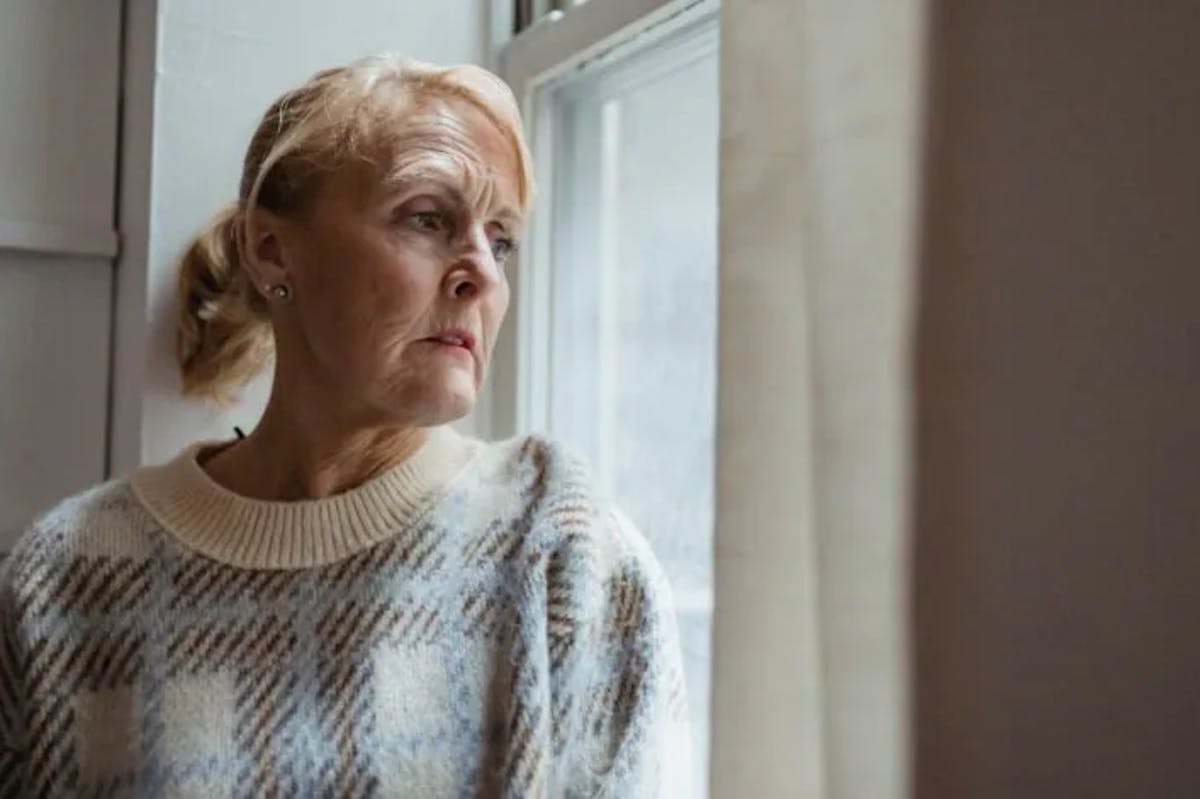Understanding Seasonal Affective Disorder: Causes, Effects, and Prevention

As the weather in the Midwest begins to cool off and the days become shorter, people may feel the need to stay indoors more. And for some, the cold season can mark the return of an unwelcome condition known as seasonal affective disorder.
Seasonal affective disorder (SAD) is a type of depression that occurs at certain times of the year, most commonly during the fall and winter months. As the days grow shorter and sunlight becomes scarce, many individuals experience a noticeable dip in mood, energy levels, and overall well-being. While it may seem like just a case of the “winter blues,” SAD is a serious condition that can significantly impact daily life if left untreated.
What Causes Seasonal Affective Disorder?
SAD is closely linked to the changes in daylight that occur during the fall and winter. The reduced level of sunlight can disrupt the body’s internal clock, or circadian rhythm, leading to feelings of depression. This lack of sunlight may also lead to a drop in serotonin, a neurotransmitter that affects mood, and disrupt levels of melatonin, which is involved in sleep and mood regulation.
Geography also plays a role—people who live farther from the equator are more likely to suffer from SAD due to the longer, darker winters. For example, those living in northern regions, where daylight hours dramatically decrease, are at higher risk than those in sunnier, more temperate climates.
Symptoms of SAD
The symptoms of SAD often mirror those of major depression but follow a seasonal pattern. Common symptoms include:
- Persistent low mood or sadness
- Fatigue or low energy despite adequate sleep
- Loss of interest in activities once enjoyed
- Sleep disturbances (usually oversleeping)
- Changes in appetite, especially cravings for carbohydrates
- Difficulty concentrating
- Feelings of hopelessness or worthlessness
SAD typically begins in late fall and continues through the winter months, with symptoms easing during the spring and summer.
6 Ideas to Help Prevent or Reduce Symptoms of SAD
While seasonal affective disorder can be challenging, there are several effective strategies for prevention and symptom management:
1. Light Therapy
One of the most common treatments for SAD is light therapy, also known as phototherapy. This involves sitting near a specially designed light box that mimics natural sunlight. Daily use—typically 20 to 30 minutes in the morning—can help regulate circadian rhythms and improve mood. It’s important to use a UV-free light box that emits 10,000 lux.
2. Maximize Sunlight Exposure
Spending time outdoors during daylight hours, even on cloudy days, can be beneficial. Open blinds, sit near windows, and if you are able, lace on some sturdy boots with nonskid soles and take short walks to increase your exposure to natural light.
3. Exercise Regularly
Physical activity is a proven mood booster. Exercise releases endorphins, which can help reduce symptoms of depression. Even a daily 30-minute walk can make a difference.
4. Maintain a Healthy Diet
Eating a well-balanced diet can stabilize your mood and energy levels. Avoid excessive sugar and refined carbs, which may contribute to energy crashes and mood swings. Incorporate complex carbohydrates, lean proteins, fruits, and vegetables.
5. Stay Socially Connected
Winter can lead to isolation, which worsens SAD and clinical depression. For seniors, the negative health effects of isolation are well-documented. It raises the risk of medical conditions such as obesity and heart disease. So making an effort to stay socially connected with friends and family may help prevent not only SAD but other health challenges, too.
6. Seek Professional Help
Finally, if symptoms become severe or persistent, it’s important to speak with a healthcare provider. Counseling, cognitive behavioral therapy (CBT), and, in some cases, antidepressant medications can be very effective in treating SAD.
Stay Safe This Winter With a Mobile Monitoring Device
If you are concerned about your safety when you venture outdoors during colder months of the year, one solution is to invest in a mobile monitoring unit. These discreet devices can be easily slipped into a pocket or purse. In the event of an emergency, you can press a button to be quickly connected to someone who can help. Call 1-844-203-5617 to learn more today!